'I just want to be competitive again': Trans cyclist Emily Bridges on preparing to race in the female category
The 21-year-old reveals the extent to which lowering her testosterone has impacted on her performance
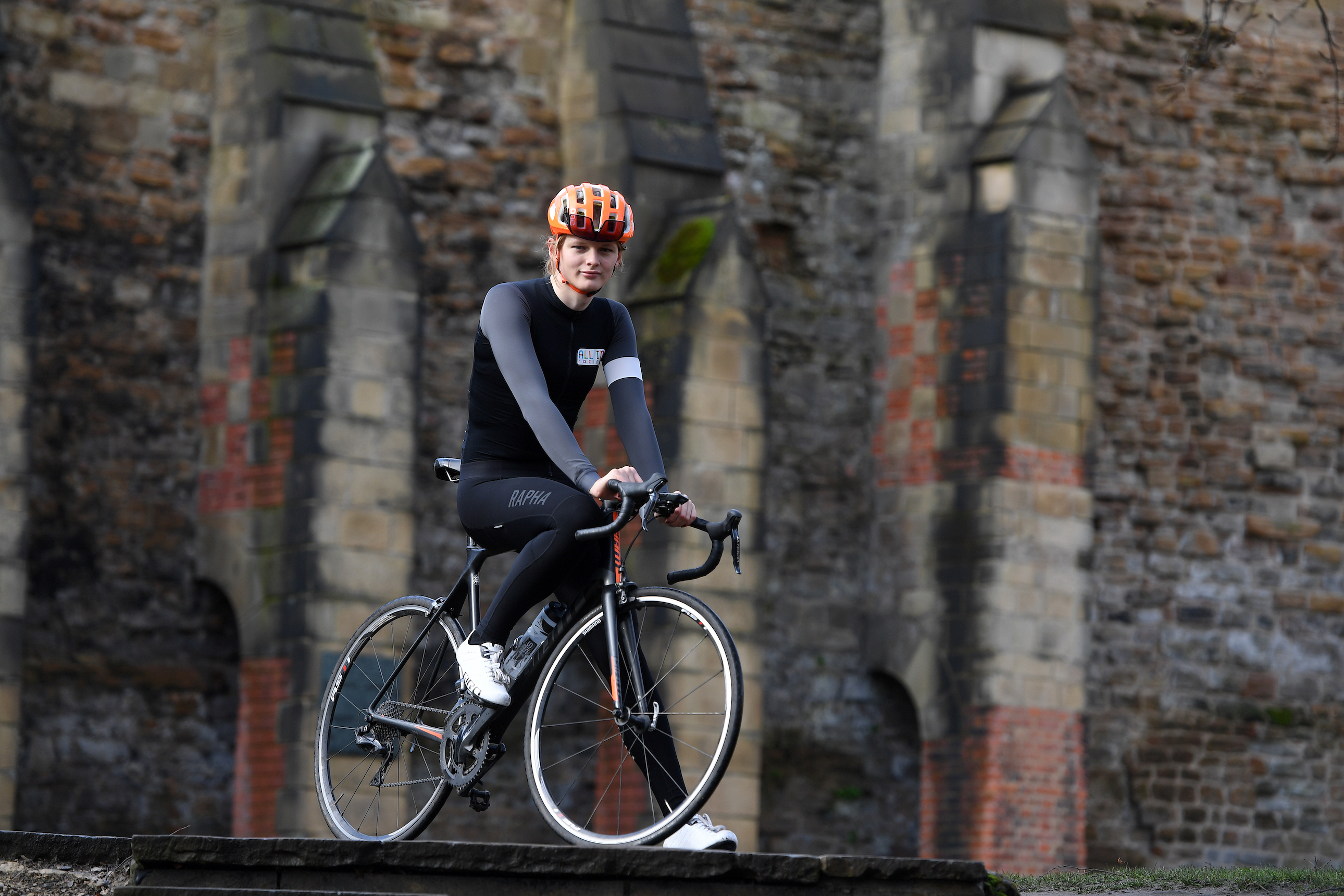
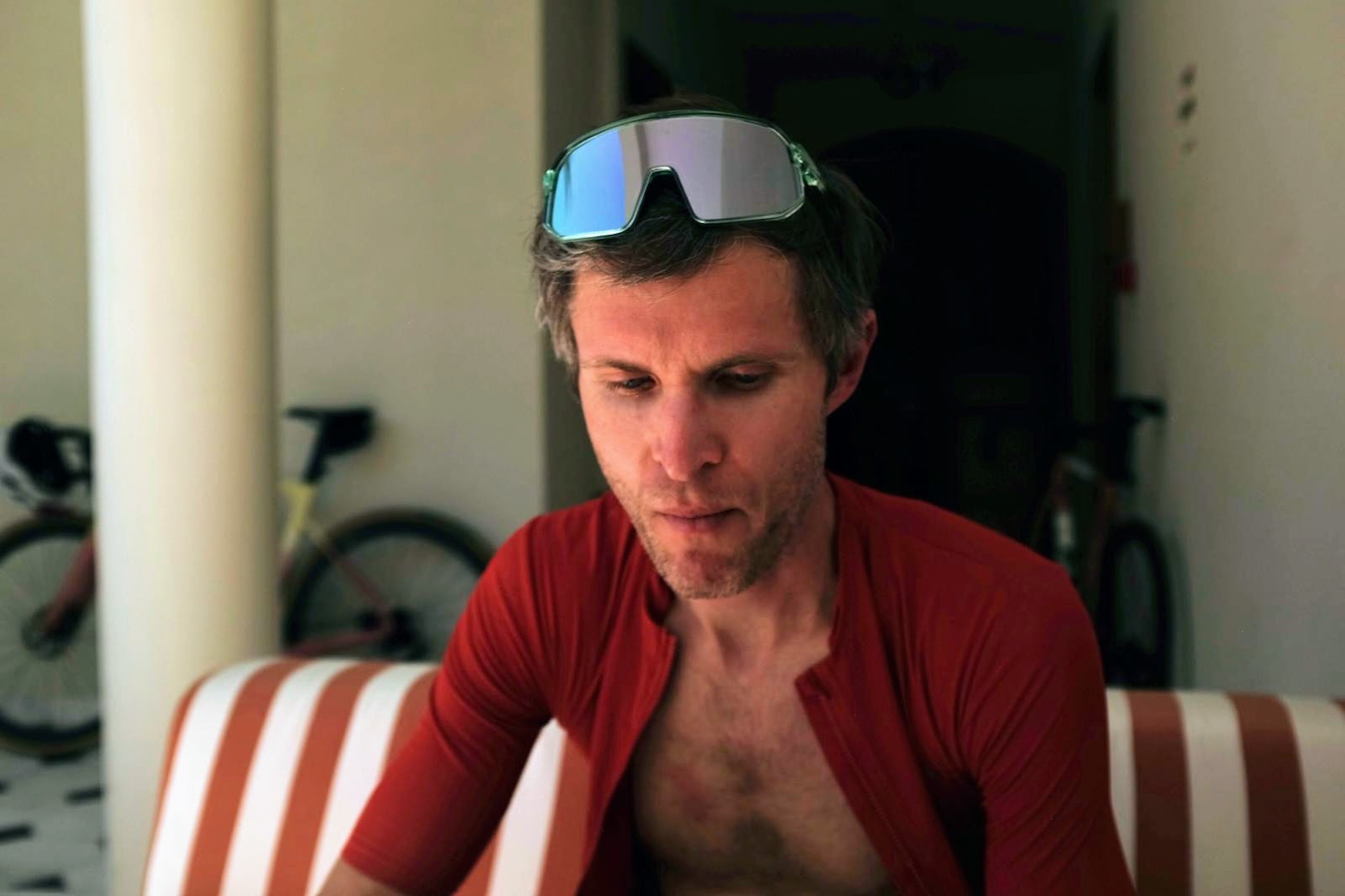
"Every lap there was a surge of about 30 seconds at plus 800 watts.” It was exactly the type of race – frantic, with repeated maximal efforts – that had suited her best and which just 18 months ago she would have relished. Today, though, it was a very different story. “I was like, ‘OK, that’s not happening’ – I just didn’t have that level anymore.” Emily Bridges is describing to me the sharp shock of taking part in the elite men’s crit at the Loughborough Cycling Festival at the end of May last year. “I was shelled after two laps and lapped four times,” she shakes her head, reliving the unfamiliar feeling of being resigned to defeat. Bridges finished 43rd out of 45.
Why was a woman competing in an elite men’s crit race, you might be wondering – unless you know Bridges’s backstory. The 21-year-old came out publicly as a transgender woman in October 2020, having previously set national records in the junior male category (18.42 for 10 miles, 47.27 for 25 miles). She was racing against men last summer because she was not yet eligible to compete in the female category. British Cycling’s transgender policy stipulates that a rider’s testosterone level must be below 5nmol/L for at least 12 months before their first race. In 2022, Bridges will compete in the female category for the first time.
Trans inclusion in sport is a contentious subject, but the purpose of this article is not to support or oppose any particular policy. As per the title at the top of the page, this is a fitness challenge, one rider’s personal story – amid a debate in which punditry and invective all too often drown out the personal testimony of athletes directly affected. It’s a story that begins three years ago.
As an extremely talented upcoming rider, Bridges was selected onto British Cycling’s Senior Academy in 2019. Speaking to me last May for a CW feature about LGBTQ+ representation in cycling, she recalled feeling forced to keep her gender identity a secret while training among young male team-mates, some of whom were casually homophobic or hounded her with questions about her sexuality. “By the summer of 2020, I’d fallen out of love with the sport,” she says, reflecting again on the dilemma she faced. “I couldn’t live like that anymore – I couldn’t be my true self.” Her decision was made: she would go public and begin living openly as a woman.
Mixed reactions
How does she feel about that decision now, 14 months on? “What sticks with me is how polarised the reactions were. There was a lot of positivity: lots of really nice messages from friends and people I’d never met, mostly female cyclists, offering their support,” Bridges pauses. “That support was important because there was also a lot of backlash – the initial hate threads from anti-trans groups, which got a lot of interaction and attention online, followed by a steady trickle of hostile posts speculating about my racing intentions and insinuating that I would have an unfair advantage.”
At the same time as absorbing reaction to her announcement, Bridges was recovering from concussion following a crash. “I was riding but only on a turbo,” she recalls. “Once I was cleared to train, it was a slow process, but I bought a mountain bike and gradually fell back in love with the sport.” With Covid restrictions in place, racing was on the backburner anyway, and Bridges was content to hit the trails around her home in south Wales, taking her time to process the tumultuous changes affecting both her sporting and personal life. No longer on trajectory for a career in cycling, she enrolled on a degree course in French and Politics.
Lowering testosterone
After several months on a waiting list for gender dysphoria treatment, she began hormone therapy last year. A key effect of this treatment is the suppression of testosterone levels, from the normal male range of 10-35nmol/L to below 3nmol/L, which in Bridges’s case occurred within a week. Compliance with cycling’s trans inclusion rules was an inevitable consequence, rather than the primary motivation, as Bridges explains: “Starting hormone therapy was a purely personal decision to alleviate gender dysphoria and make me feel more comfortable with my body.”
Get The Leadout Newsletter
The latest race content, interviews, features, reviews and expert buying guides, direct to your inbox!
Transition and performance: Gathering the data
Joanna Harper, a researcher at Loughborough University, is evaluating the effects of transition on the sporting performance of transgender athletes
Tell us about your research.
We are monitoring the sporting performance of trans athletes before and after hormone therapy, as well as measuring size, strength, speed and stamina of athletes who have already undergone transition, benchmarked against cis-women athletes.
There are very few elite-level trans athletes – does this restrict research?
It’s a serious limitation, but there will be more studies carried out around the world. This research needs to be conducted in a multi-centre, multinational way.
Is British Cycling’s 5nmol/L testosterone rule grounded in solid research or is it a ‘best guess’?
A little of both. There have been studies on non-athletes, showing the changes that occur with hormone therapy: after four months the haemoglobin of trans women had dropped from typical male to typical female values, while some strength advantage remained even after three years. We’re investigating this further, and I am certain we will see larger changes in athletes than in non-athletes.
Does this mean cycling may need different rules for sprinting events where strength plays a bigger role?
Potentially but not necessarily. Just because someone has an advantage in one particular characteristic doesn’t necessarily preclude them from competing. It is important to create rules that allow meaningful competition for all women. If trans women become overrepresented in any particular area, that would need to be looked at very closely. Right now, trans women are hugely underrepresented.
Looking ahead, should testosterone remain the key metric in inclusion rules?
I would like to see something better replace testosterone. Maybe there are other, better parameters that we don’t know yet. There is a lot of cultural baggage around testosterone but it’s the best thing we have now from a scientific point of view.
As last summer approached, now back into familiar training habits and with lockdown restrictions easing, Bridges resolved to return to racing – fully aware that for the next 12 months she would be eligible only to compete against men. As well as the Loughborough crit described above, she took part in several circuit races, and her final men’s race, in September, was the Welsh National Championship road race, where she finished second to last, a full 12km lap behind the winner. Did these results make up her mind to move to women’s racing as soon as possible? “It was always the plan,” she says. “After starting hormone therapy I didn’t want to race in the male category any more than I had to – obviously, it sucks, getting dropped, racing as a man when you’re not one. It was quickly apparent that that was the wrong category for me.”
She may have gone from frontrunner to tail-ender in the course of just a few months, but at no point during our discussion does Bridges express any regret about forgoing her former level of performance. Instead, she draws attention to the psychological benefits. “Immediately the positives [from hormone therapy] were–,” she hesitates, searching for the right words. “I felt so much better mentally, like I could actually feel my emotions – a lot of pressure lifted.”
The current trans inclusion rules are based on the hypothesis that suppressing testosterone to below 5nmol/L reduces performance to the female level, which in endurance cycling is around 10% slower than male performance. Bridges has been participating in a study at Loughborough University to monitor these changes, as well as tracking her own data (see chart) – indicating a 13-16% drop in her power outputs across six-second, one-, five- and 20-minute durations. In light of these changes, is she content that the current rules are appropriate? “I think so, yes. The reduced testosterone has a direct effect on the main determinants of VO2max – red blood cells, haemoglobin, haematocrit – which drop to female levels within five months.”
I’m interested in the subjective experience too: how it feels to train once testosterone is reduced to a fraction of its former level. “Pretty much straight away I was feeling exhausted,” says Bridges. “I just wasn’t recovering anymore, and feeling much more tired after training.” To deal with these effects, she rejigged her schedule, built in longer recovery breaks and gradually adjusted her expectations. Needless to say, this recalibration won’t be enough to satisfy everyone.
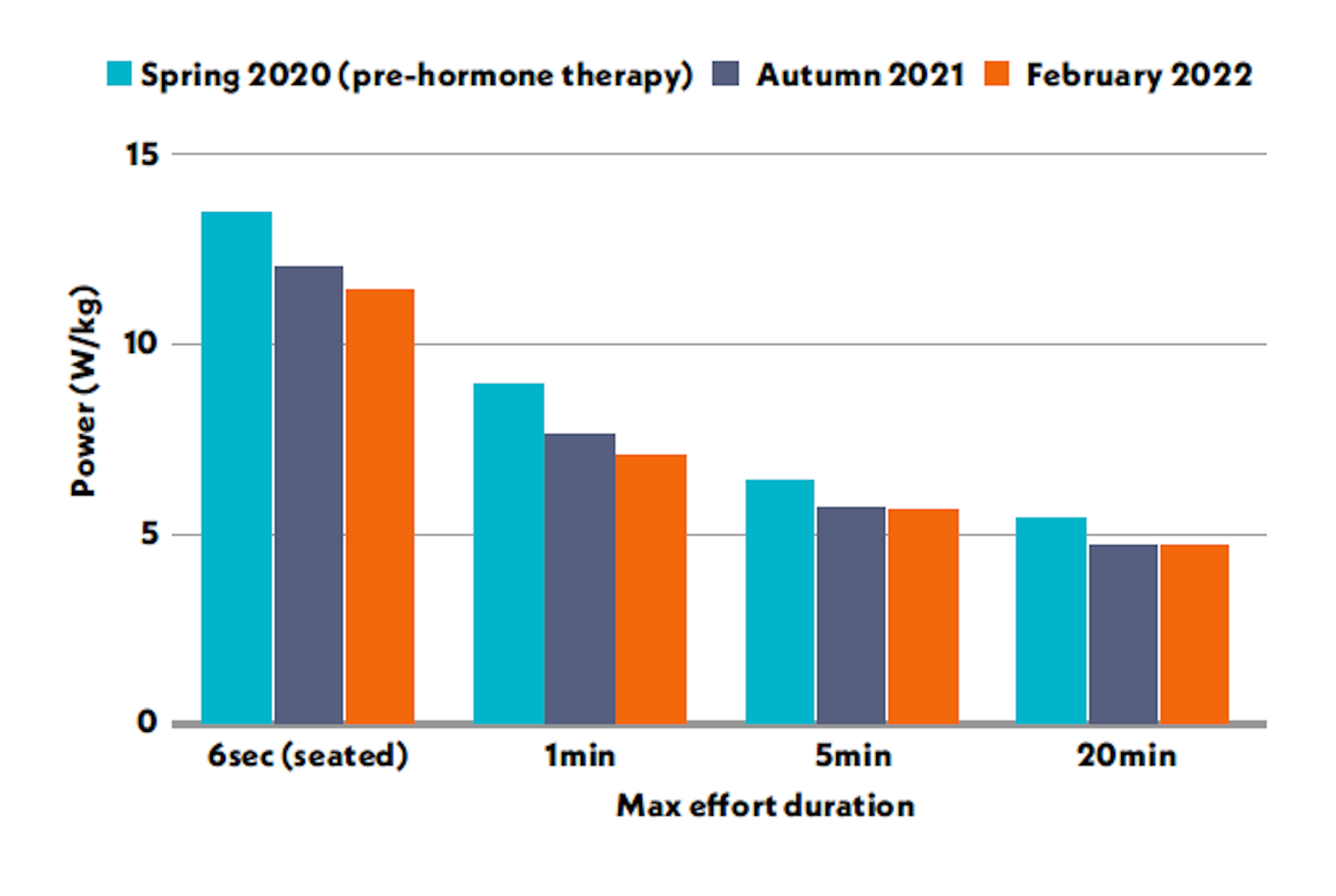
Emily Bridges provided CW with performance data showing how her cycling performance has changed since starting hormone therapy last year. Across durations ranging from six seconds to 20 minutes, her power output has fallen by between 13% and 16%
Opponents of trans women’s participation in the female category argue that changes caused by testosterone during puberty are long-lasting and not counteracted by hormone suppression – how does Bridges respond?
'Get to know your trans peers'
Dr Madeleine Pape is an Australian sociologist and former athlete who developed a special interest in sport, gender and biomedicine after competing against Caster Semenya in the 2009 World Athletics Championships.
“We’re seeing more and more scientific and policy engagement with the question of how to decide the terms of participation for trans athletes and women who have natural sex variations. And the more we dig, the more this discussion becomes ever more complex – we have not arrived at a straightforward answer.
“It is not possible to impose blanket regulations, as they would not hold up scientifically. The trans population, and sport itself, are too complex and varied for that. And yes, the science does need to be rigorous, not least because of the value of inclusion for trans and gender-diverse communities – people who already encounter discrimination in society.
“My experience competing against Caster Semenya remains my compass in navigating this debate. It reminds me to consider: What does it actually feel like to be an athlete who is under scrutiny from spectators, rivals and the media? It’s given me empathy and helped me appreciate the complexity of this issue. As a coach, my message to cis-gender athletes is: I challenge you to welcome and get to know your trans peers – you’ve much to offer them and to learn from them in return.
“A really important message from women’s sports organisations is that the debate around trans inclusion does nothing to address the key challenges still facing women’s sport: the underrepresentation of women in coaching and leadership, unequal pay and prize money, and the sexual harassment and abuse of women athletes. Let’s have a real and honest conversation about that.”
“These people tend to talk about factors like height, which change very little with hormone therapy,” she says. “Yes, I’m quite tall [6ft 2in], but cycling performance is not height-dependent – some of the best riders are quite short. In longer, more mountainous races, being tall is a disadvantage, as you’re just carrying more weight.” Bridges highlights that cycling’s key metric is power-to-weight, with the aim for most riders being to minimise bulk while maximising aerobic capacity. “I’m now trying to power a bigger frame [relative to others] but with a much reduced engine.”
Whatever opposition she faces, Bridges cannot be accused of concealing her ambitions or failing to play by the rules. Soon she will begin racing in the female category and is making no secret of her ultimate goal to be competitive at the top level domestically, equivalent to where she left off in summer 2020. If and when that happens, does she fear a renewed backlash? “I am nervous – it’s impossible not to be,” she says, “and we’re preparing as best we can, though there isn’t much we can do to stop it – people are free to express their opinions, provided they do so within the law.”
For now, Bridges is doing her best to shut out the distractions and focus on getting back to doing what she loves best, racing her bike. “I just want to have a good time, to have fun,” she smiles as she ponders that prospect, the brand new season ahead. “I just want to race and race competitively again."
This article was originally published in the March 3 2022 print edition of Cycling Weekly. Subscribe online and get the magazine delivered direct to your door every week.

Thank you for reading 20 articles this month* Join now for unlimited access
Enjoy your first month for just £1 / $1 / €1
*Read 5 free articles per month without a subscription

Join now for unlimited access
Try first month for just £1 / $1 / €1

David Bradford is features editor of Cycling Weekly (print edition). He has been writing and editing professionally for more than 15 years, and has published work in national newspapers and magazines including the Independent, the Guardian, the Times, the Irish Times, Vice.com and Runner’s World. Alongside his love of cycling, David is a long-distance runner with a marathon PB of two hours 28 minutes. Having been diagnosed with retinitis pigmentosa (RP) in 2006, he also writes about sight loss and hosts the podcast Ways of Not Seeing.
-
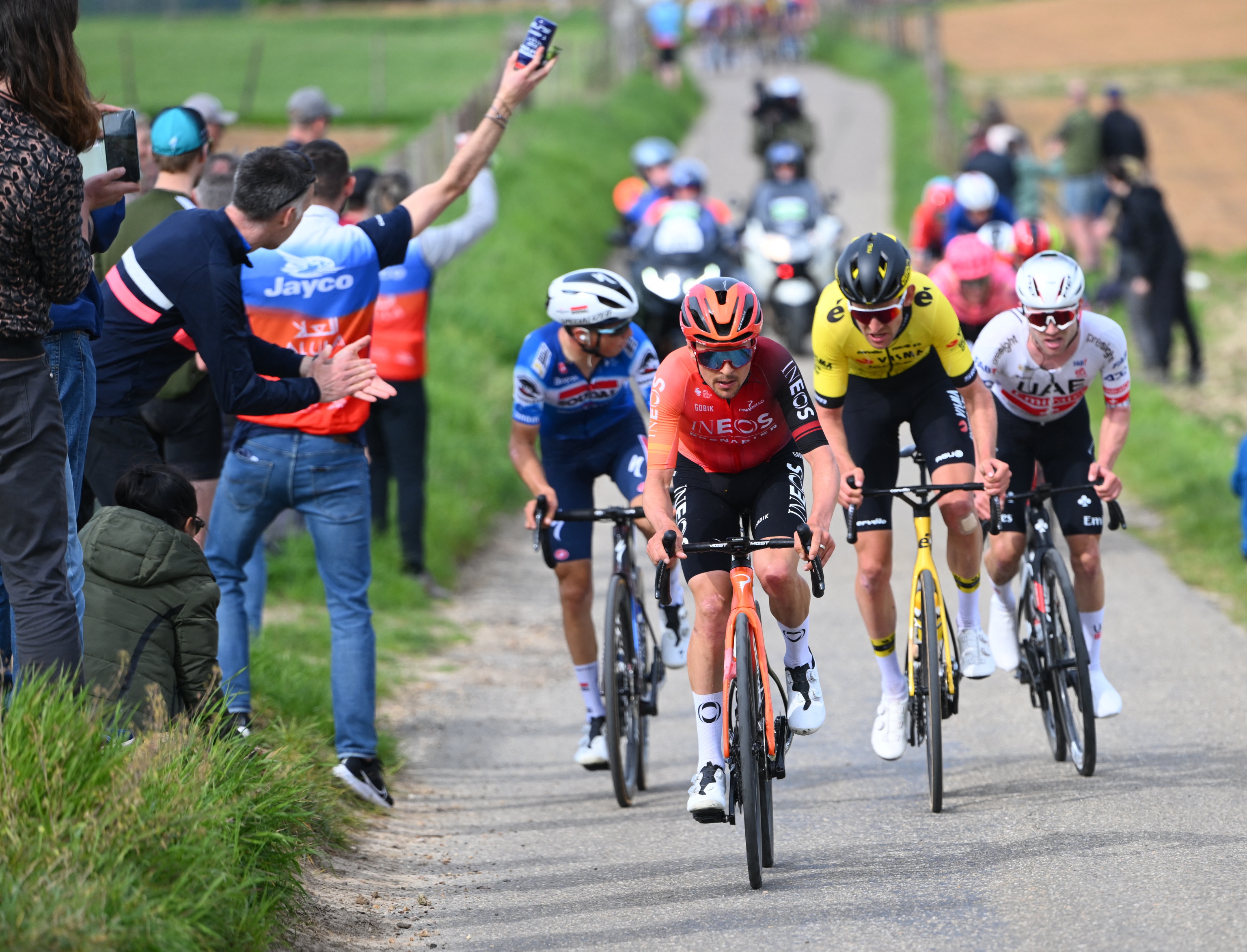 How to watch the Amstel Gold Race 2025: Everything you need to live stream the Dutch Classic
How to watch the Amstel Gold Race 2025: Everything you need to live stream the Dutch ClassicAll the broadcast information for the first of the Ardennes Classics on 20 April with Tom Pidcock – here's how to watch Amstel Gold Race online and on TV.
By Adam Becket
-
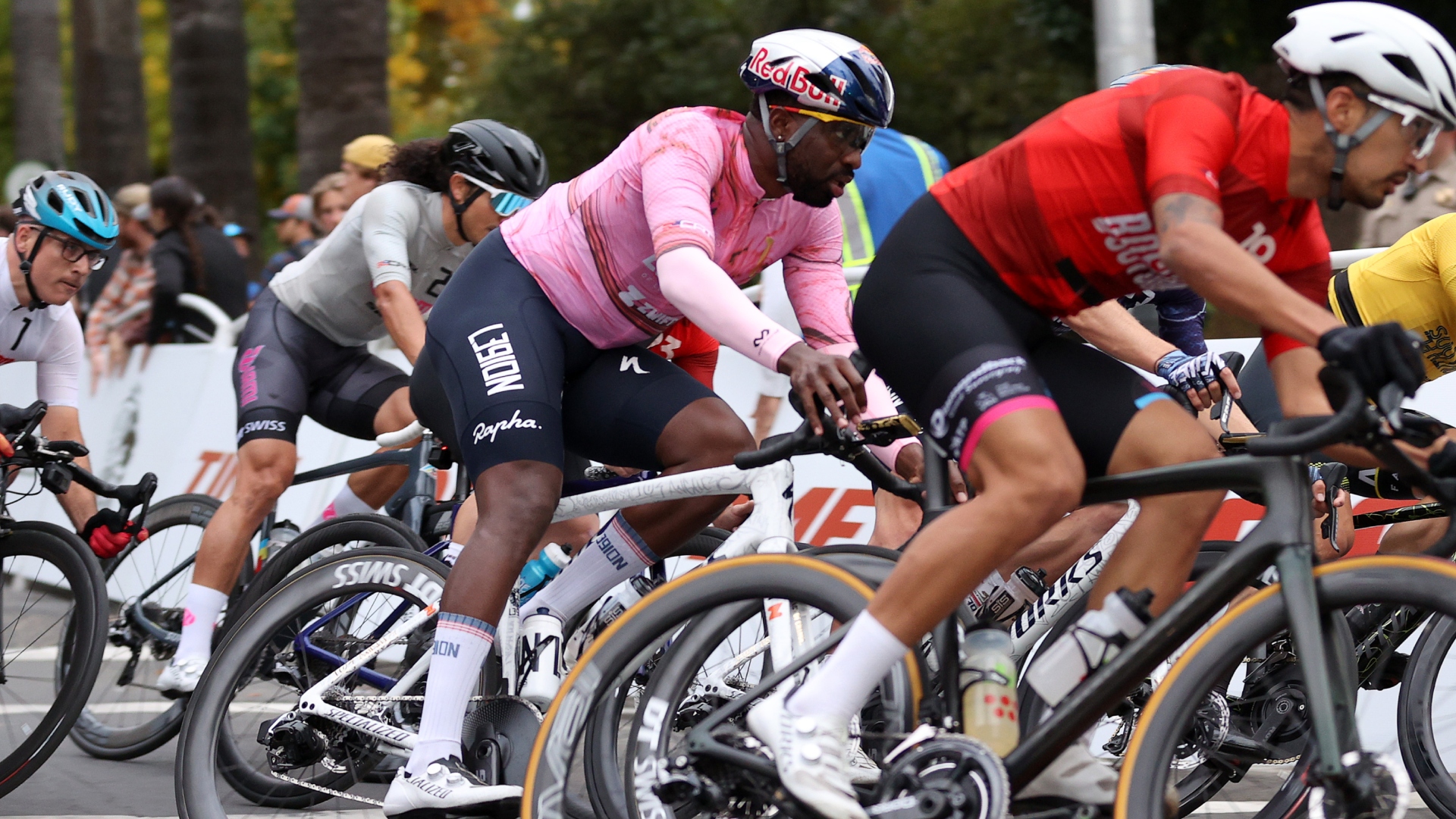 Can you make a living as an American domestic road racer? A look inside the part-time professionalism of the American road peloton
Can you make a living as an American domestic road racer? A look inside the part-time professionalism of the American road pelotonAfter decades of booms and busts, the American road scene finds itself in a fragile place. We spoke to riders to understand the reality of chasing the dream on home soil
By Logan Jones-Wilkins
-
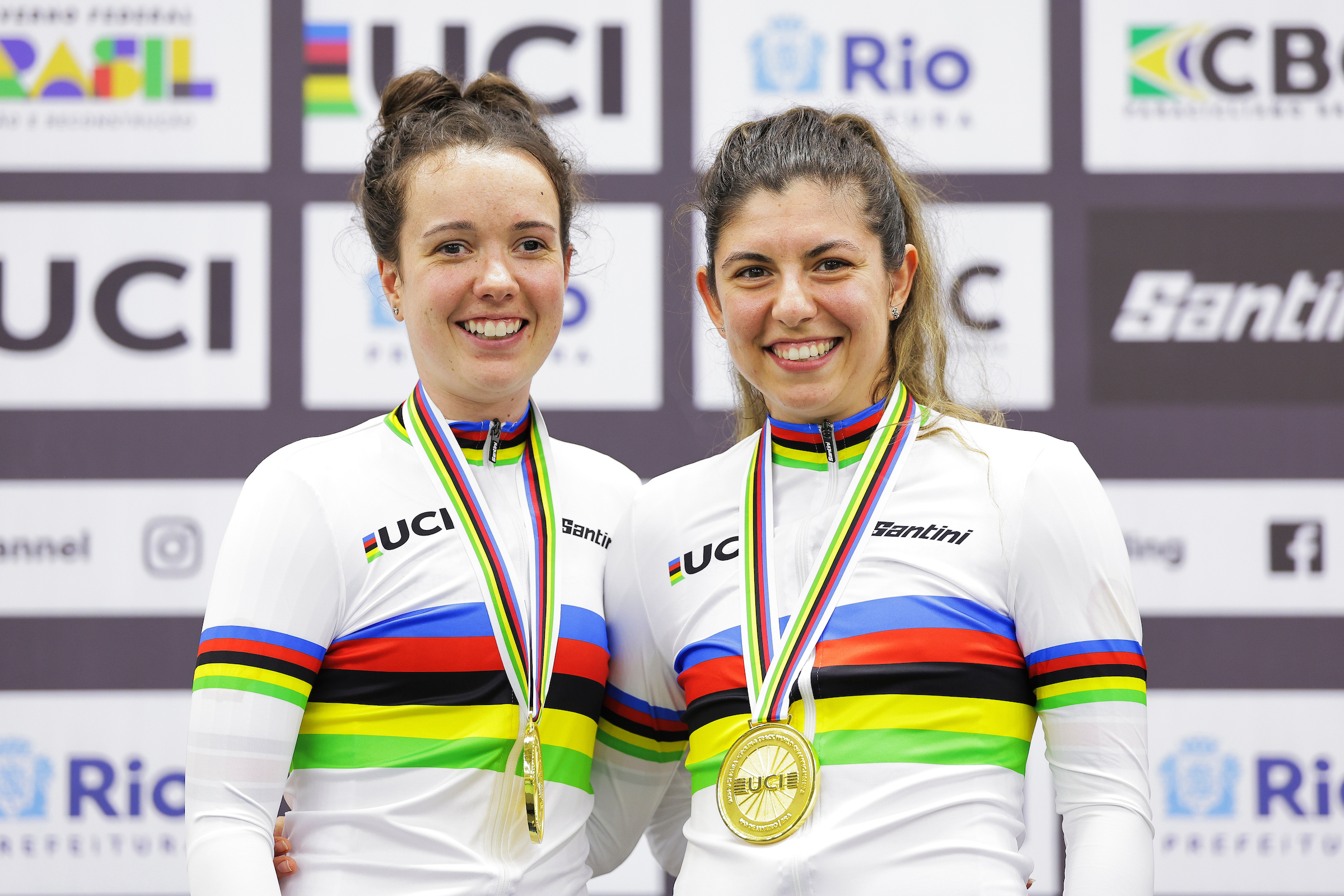 'Back then I was on the edge of life – but now I'm a multi world champion': Para-cyclist Lizzi Jordan's golden comeback from near-fatal food poisoning
'Back then I was on the edge of life – but now I'm a multi world champion': Para-cyclist Lizzi Jordan's golden comeback from near-fatal food poisoningKeen equestrian Lizzi Jordan was riding high until a freak illness changed her life forever. Now, having swapped reins for handlebars, she is not only back in the saddle but winning on the world stage
By David Bradford
-
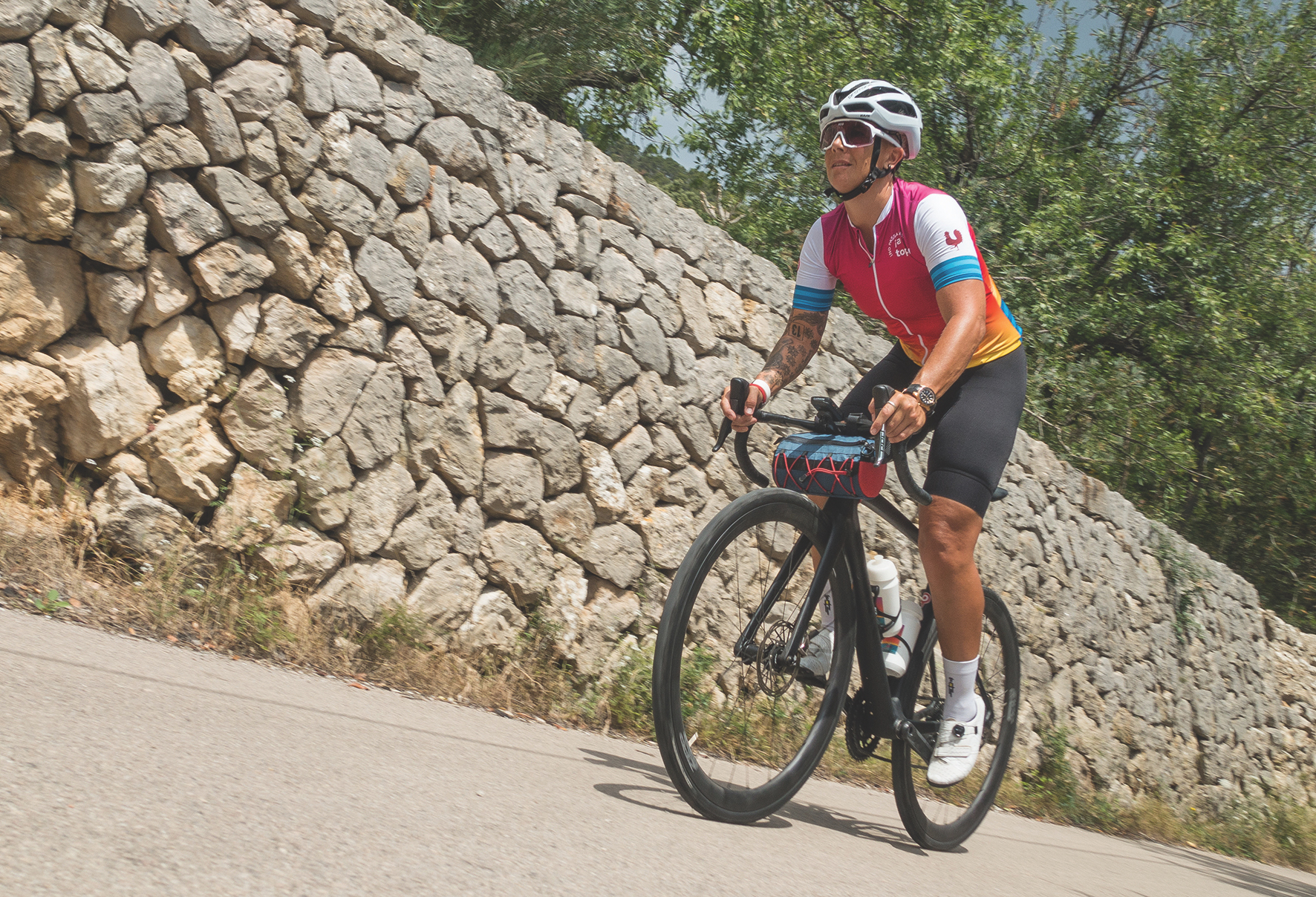 'One transplant, two cancer surgeries – I get knocked down but I get up again': The champion rider with next-level resilience
'One transplant, two cancer surgeries – I get knocked down but I get up again': The champion rider with next-level resilienceFacing repeated risks to her life from kidney failure, Ottilie Quince is determined to keep bouncing back – on and off her bike
By Chris Marshall-Bell
-
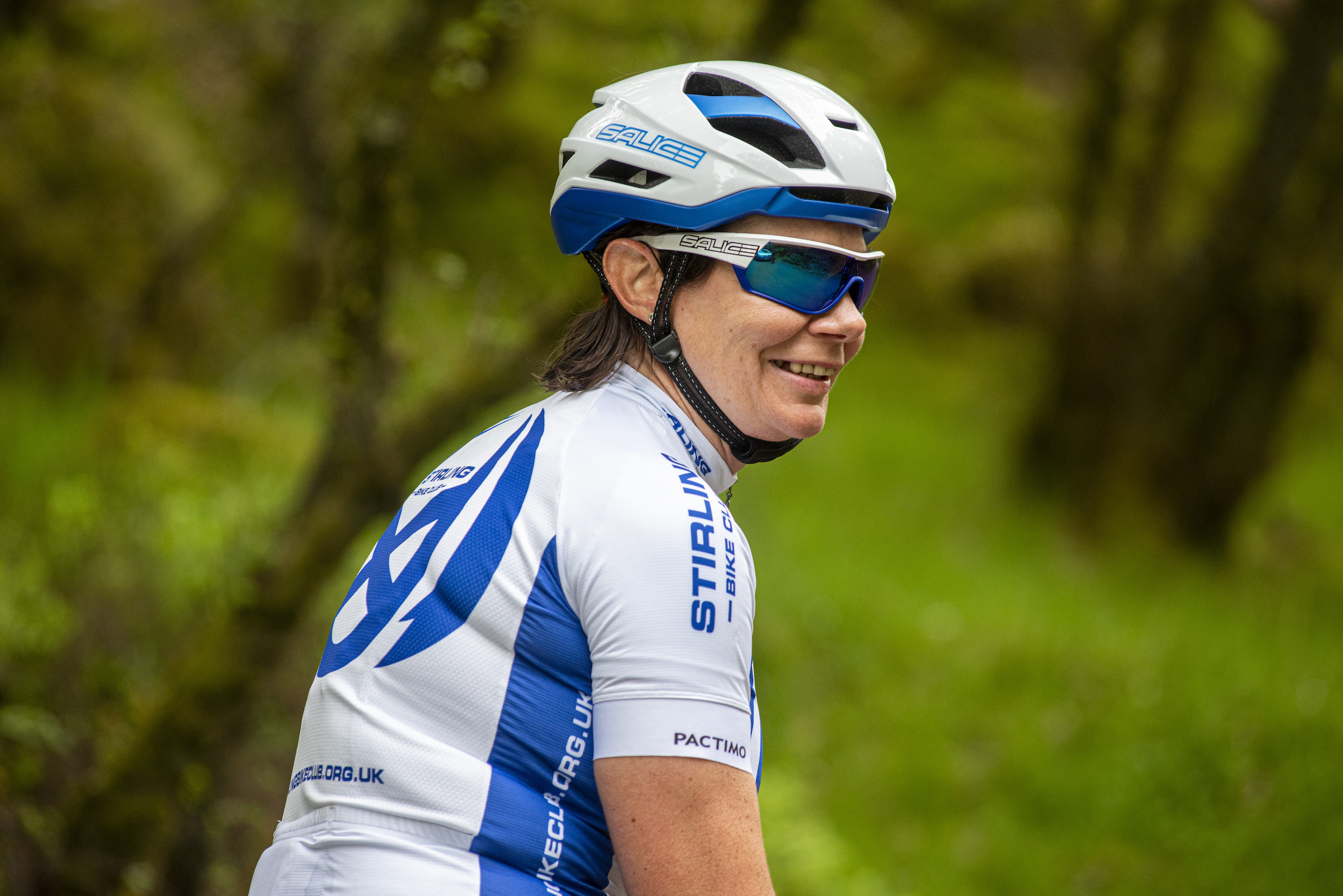 'I thought I'd never be pain-free again – but now I'm cherishing every ride': The comeback from a devastating hit-and-run crash
'I thought I'd never be pain-free again – but now I'm cherishing every ride': The comeback from a devastating hit-and-run crashLong-distance record-setter Christina Mackenzie tells us about her biggest challenge yet – returning to racing after a collision in which she was left for dead
By Trevor Ward
-
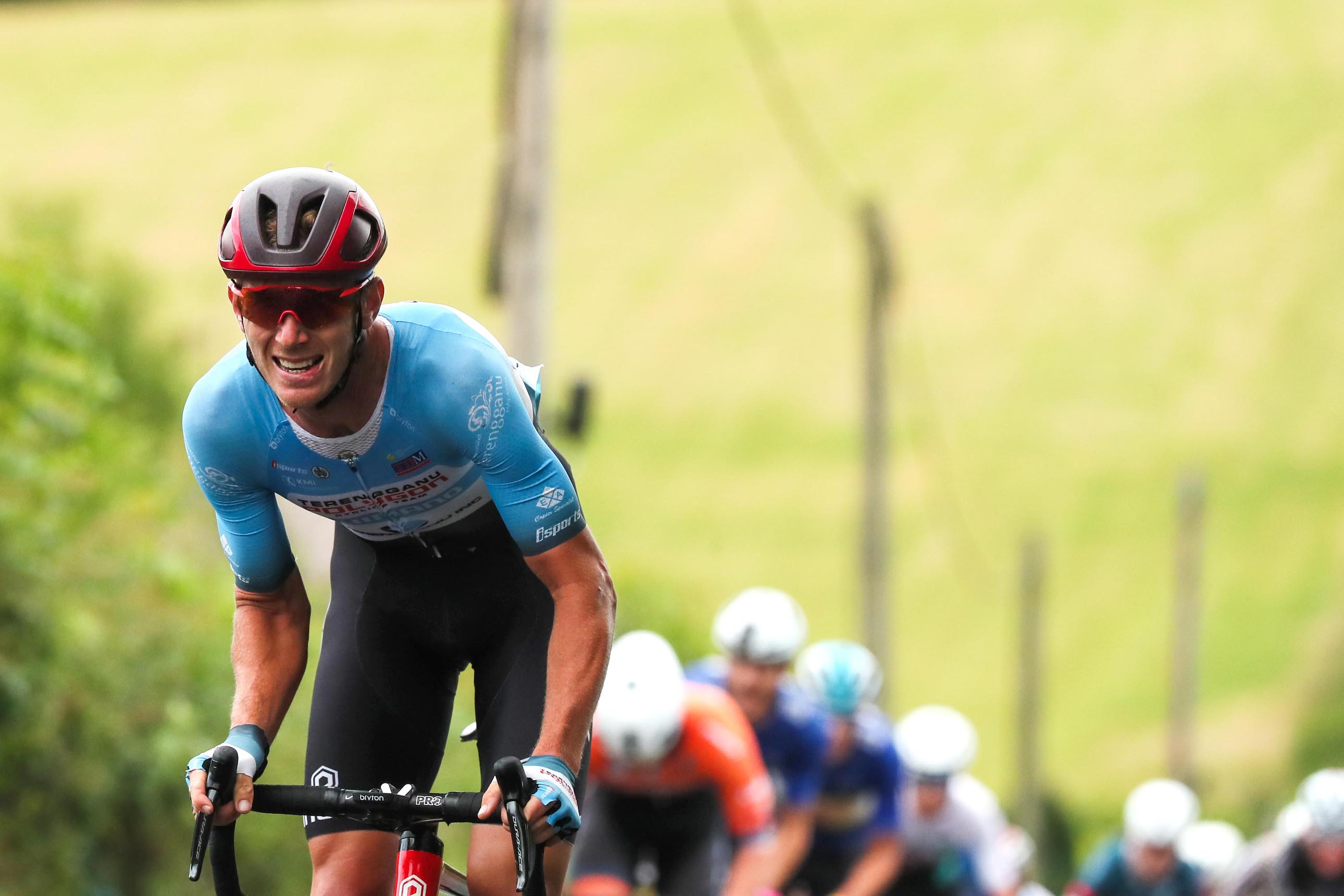 'My skull was cracked from ear to ear, a shard of glass just missed my artery': The journey back to the podium after head-on smash
'My skull was cracked from ear to ear, a shard of glass just missed my artery': The journey back to the podium after head-on smashBouncing back to the pointy end of racing just three months on from a crash almost too horrific to fully describe, Jesse Ewart’s may be the greatest comeback story you have never heard
By Chris Marshall-Bell
-
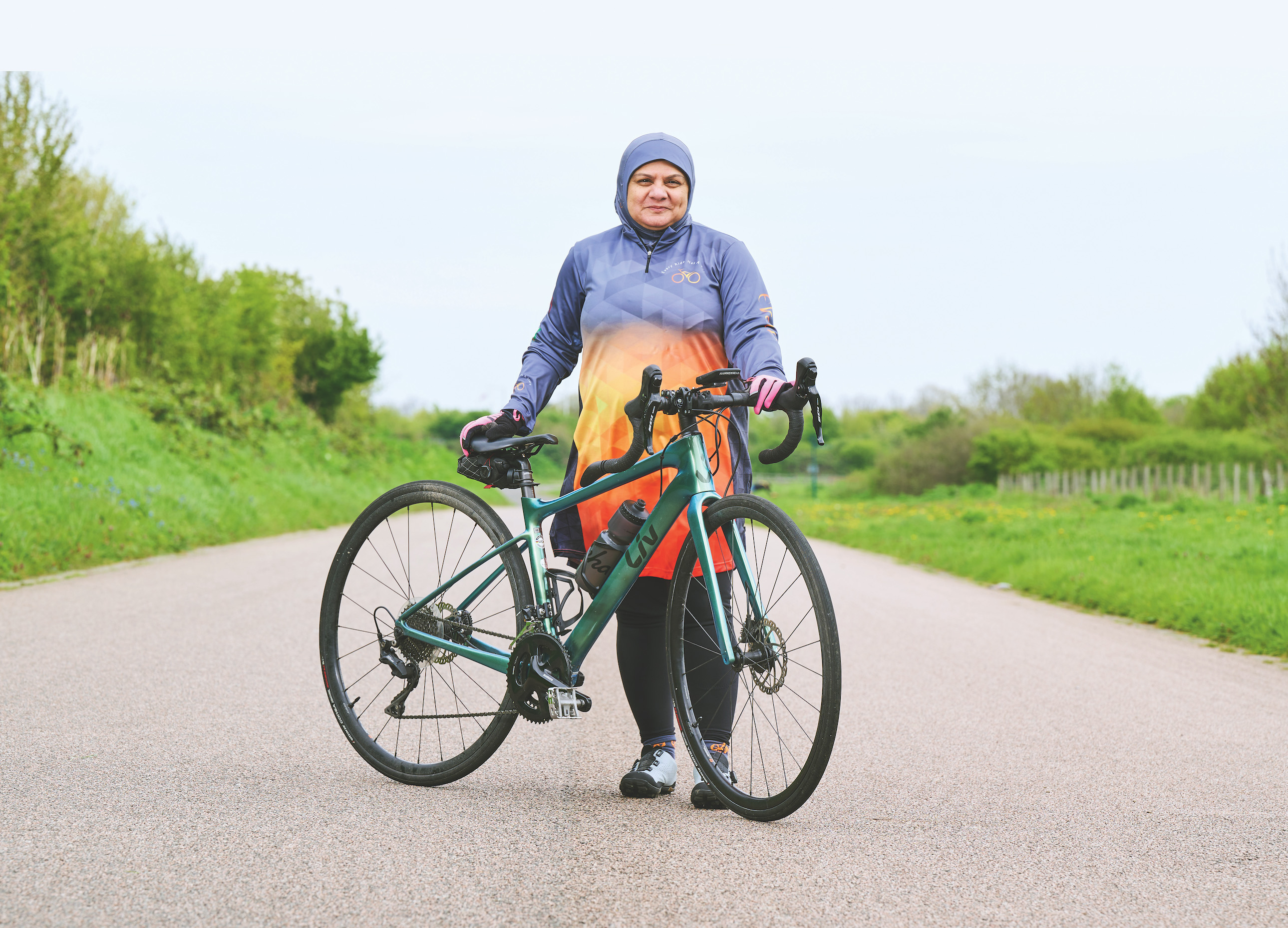 'Whatever happens, I'm starting the club': Iffat Tejani on realising her bucket list dream of opening up cycling to Muslim women
'Whatever happens, I'm starting the club': Iffat Tejani on realising her bucket list dream of opening up cycling to Muslim womenHow a life-and-death diagnosis set free a life-long ambition to break down barriers and rally a community onto bikes
By David Bradford
-
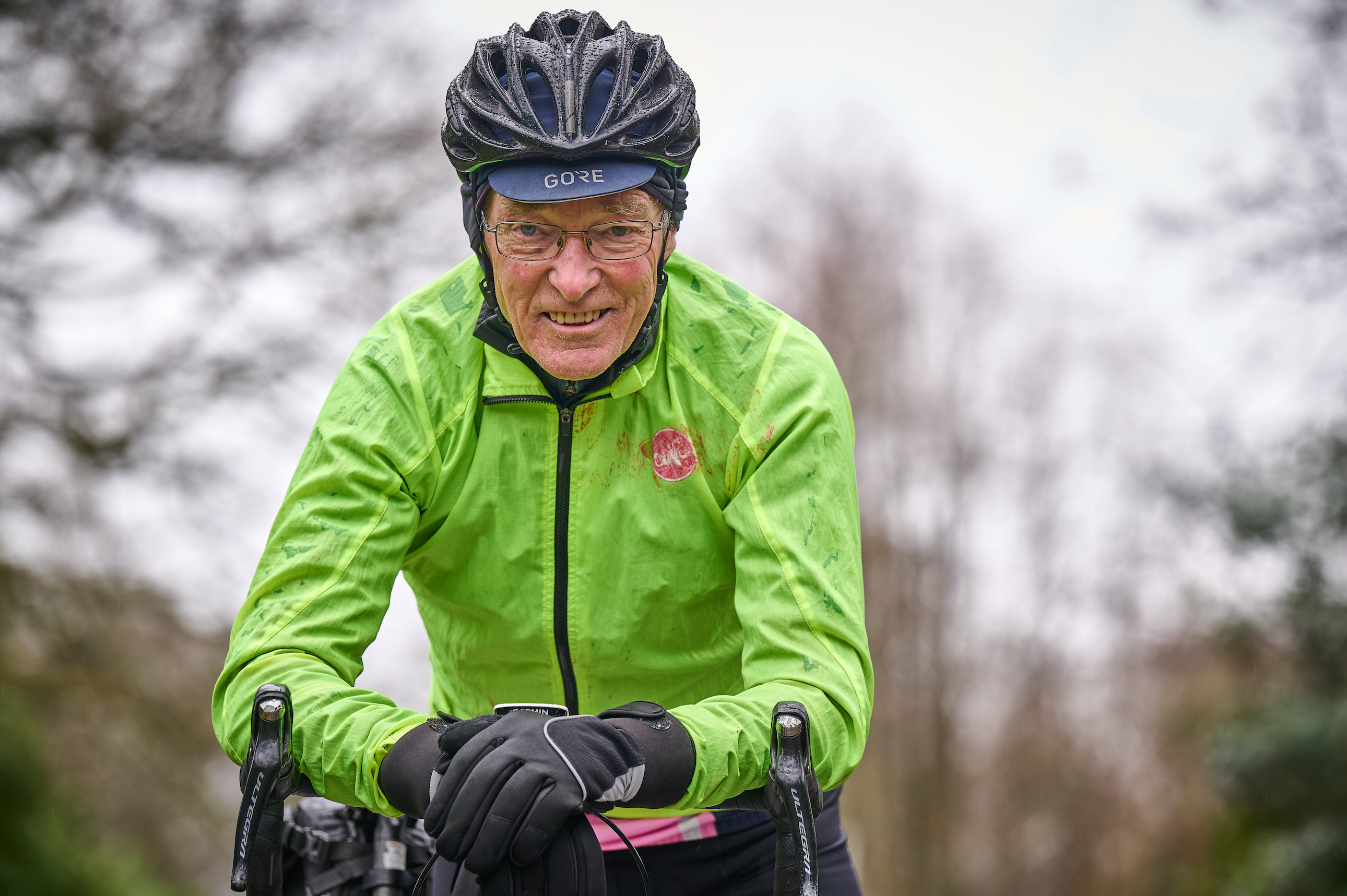 'Cycling's been a life-saver': The record-breaking 87-year-old who still rides 150 miles a week
'Cycling's been a life-saver': The record-breaking 87-year-old who still rides 150 miles a weekDowning his gardening tools, pensioner Martin Harvey got on his bike and set about writing his name into the long-distance record books
By David Bradford
-
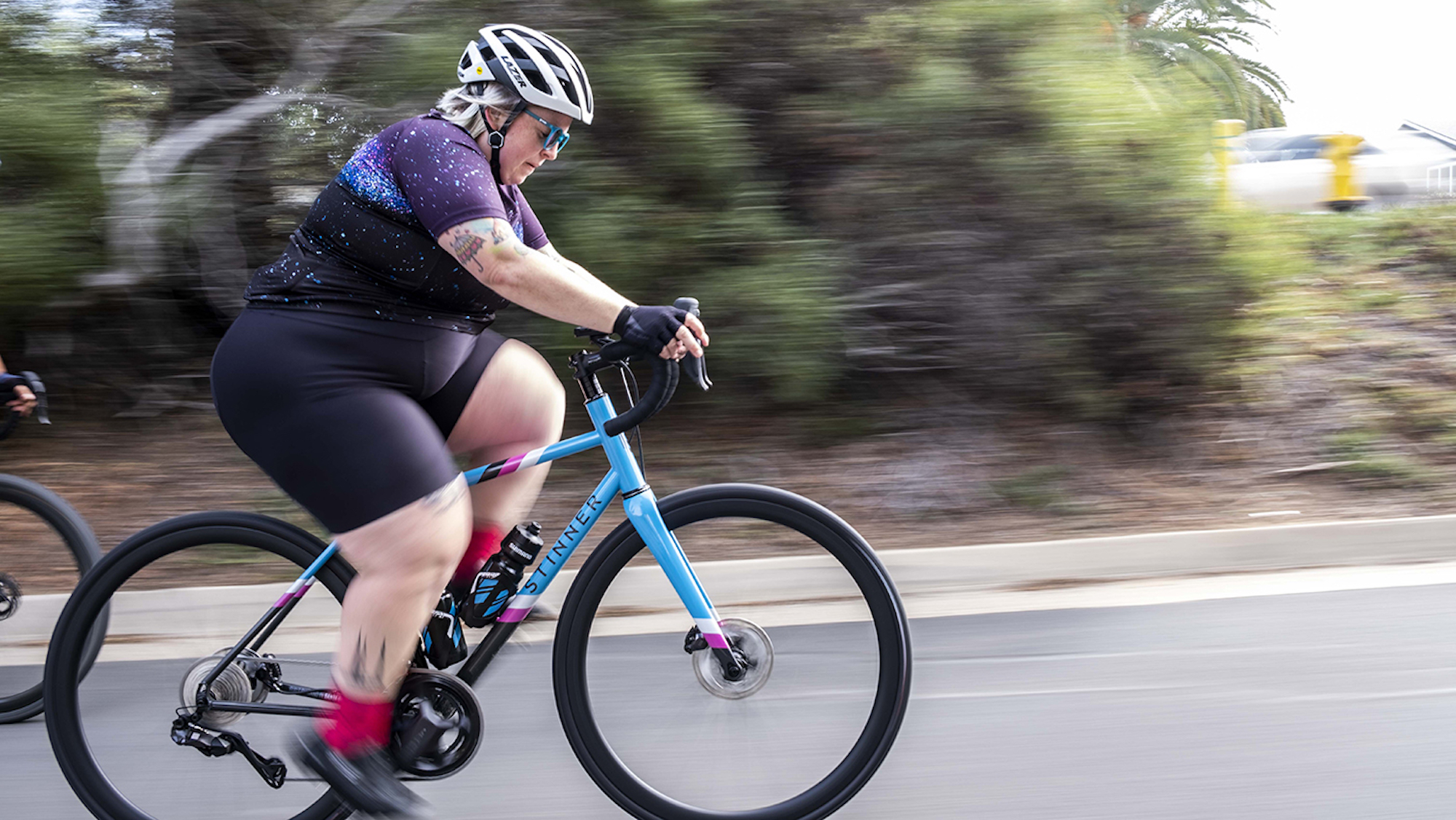 'I'm fat – and I'm OK with that': The size-inclusion campaigner seeking to make cycling safe and accessible for everyone
'I'm fat – and I'm OK with that': The size-inclusion campaigner seeking to make cycling safe and accessible for everyoneAfter struggling to find riding kit in her size, Marley Blonsky made it her life’s mission to make cycling more accessible and welcoming to riders of all shapes and sizes
By David Bradford
-
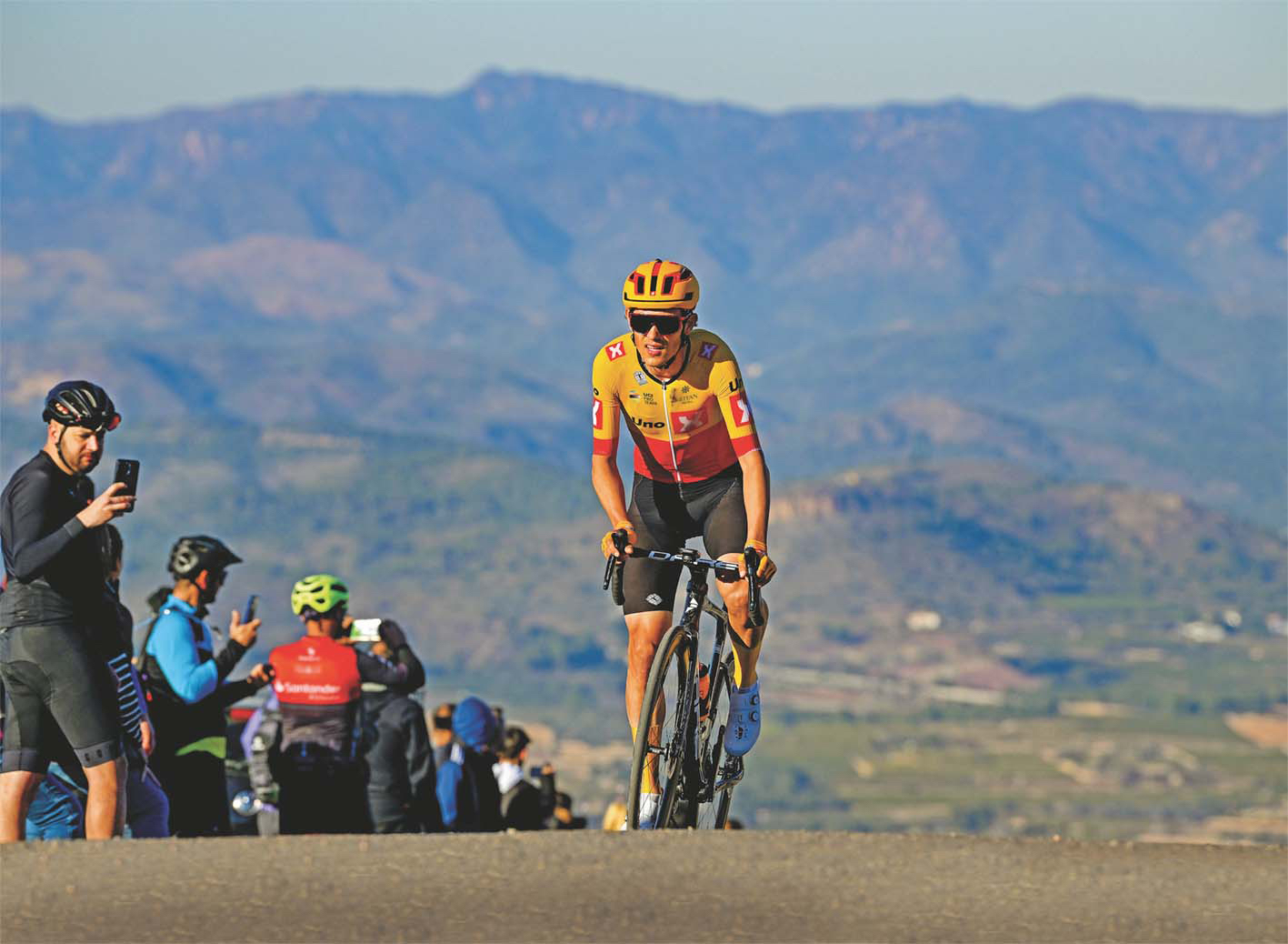 Saved by a doping test: The pro rider treated for cancer after abnormal blood result
Saved by a doping test: The pro rider treated for cancer after abnormal blood resultWhen his team doctor called about an abnormal test result, Torstein Træen could not believe what was happening – but it would turn out to be a potentially life-saving red flag
By Chris Marshall-Bell